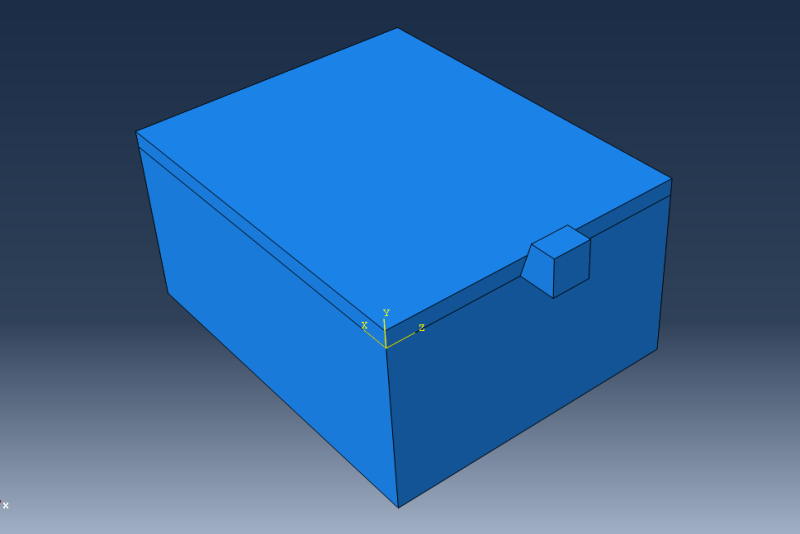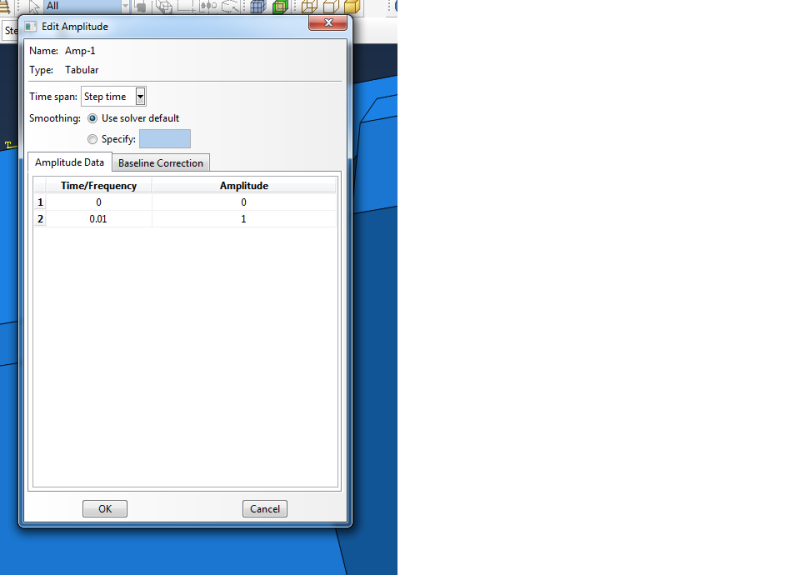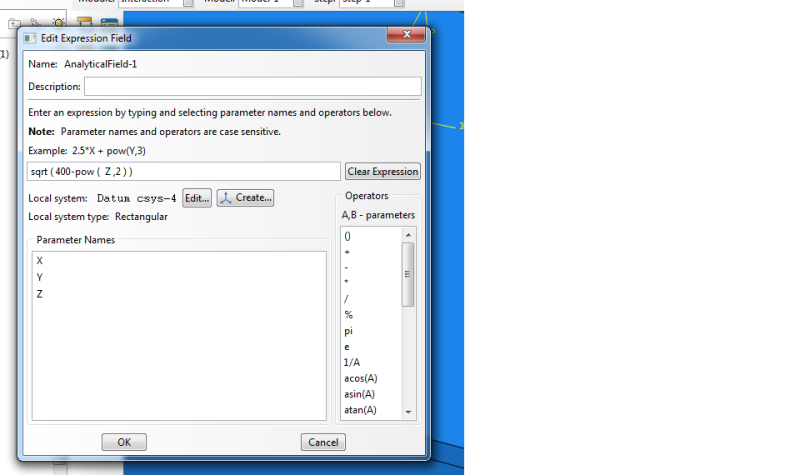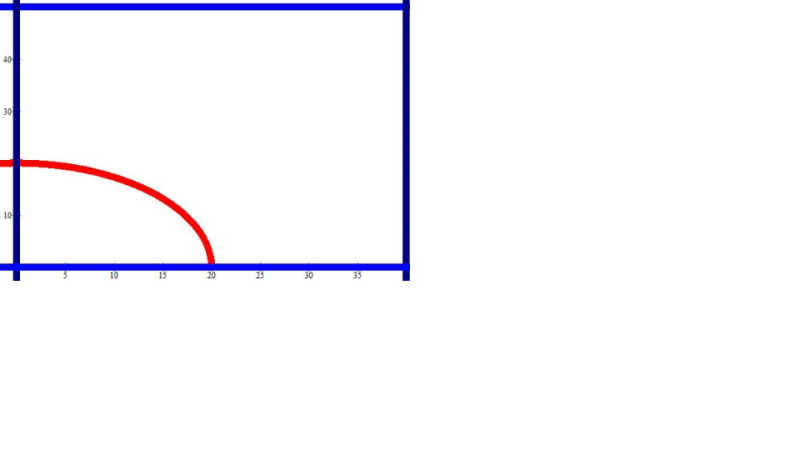VaggelisKas
Industrial
Hello community,
I have the following problem:
I am trying to simulate a cutting process in which the tool needs to follow a specific
route along the part.
The route is defined by a specific mathematical sentence.
I define the sentence in the analytical field toolset and I define a displacement boundary condition
in the first step.
However, when the job is finished my tool is highly deformed.
There is nothing wrong with the material specifications because the same materials have worked
for a plethora of other cutting simulations.
The documentation is a little blunt as regards the analysis of the Field toolset and I would appreciate any help possible.
Best regards.
I have the following problem:
I am trying to simulate a cutting process in which the tool needs to follow a specific
route along the part.
The route is defined by a specific mathematical sentence.
I define the sentence in the analytical field toolset and I define a displacement boundary condition
in the first step.
However, when the job is finished my tool is highly deformed.
There is nothing wrong with the material specifications because the same materials have worked
for a plethora of other cutting simulations.
The documentation is a little blunt as regards the analysis of the Field toolset and I would appreciate any help possible.
Best regards.





